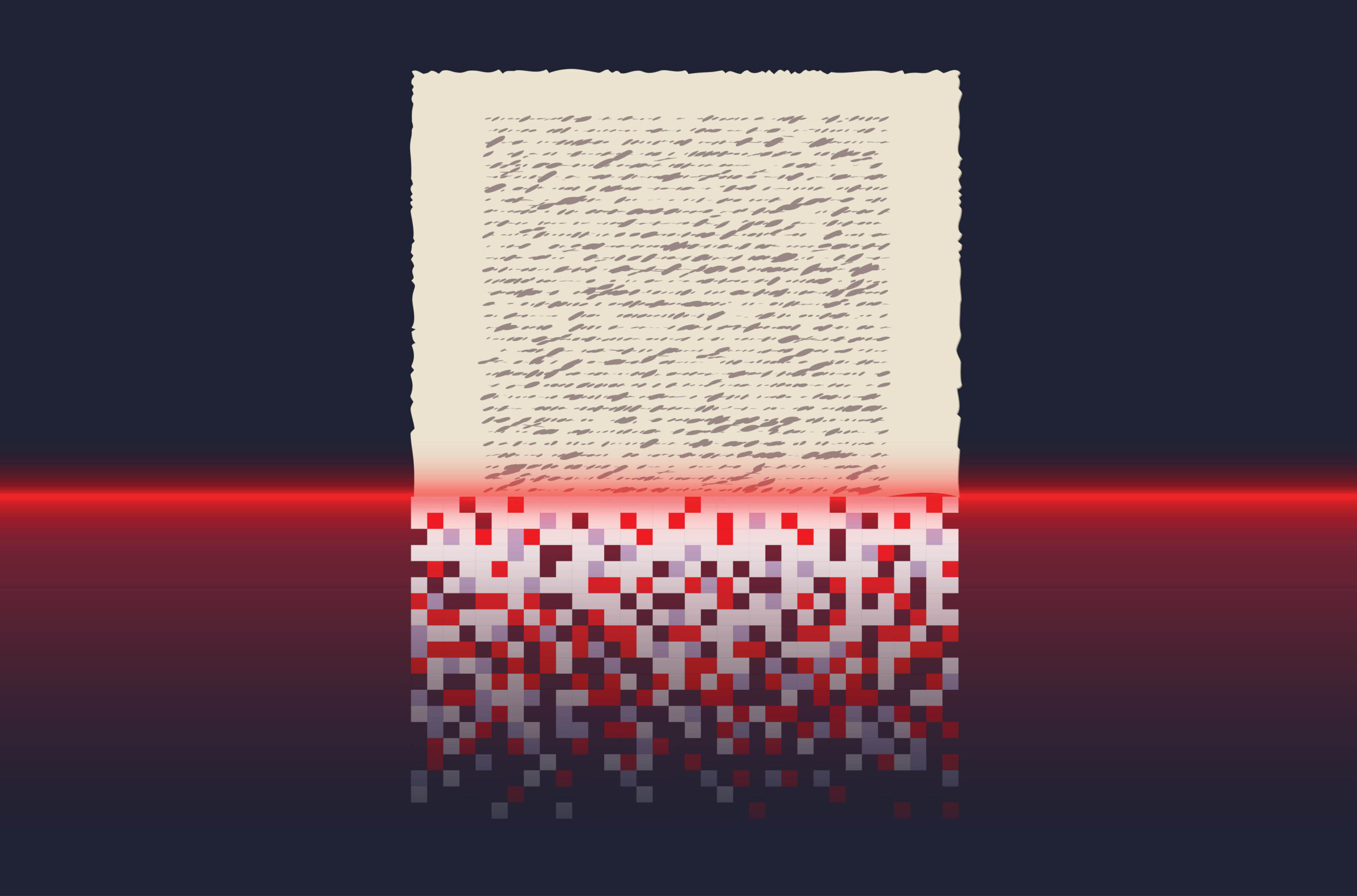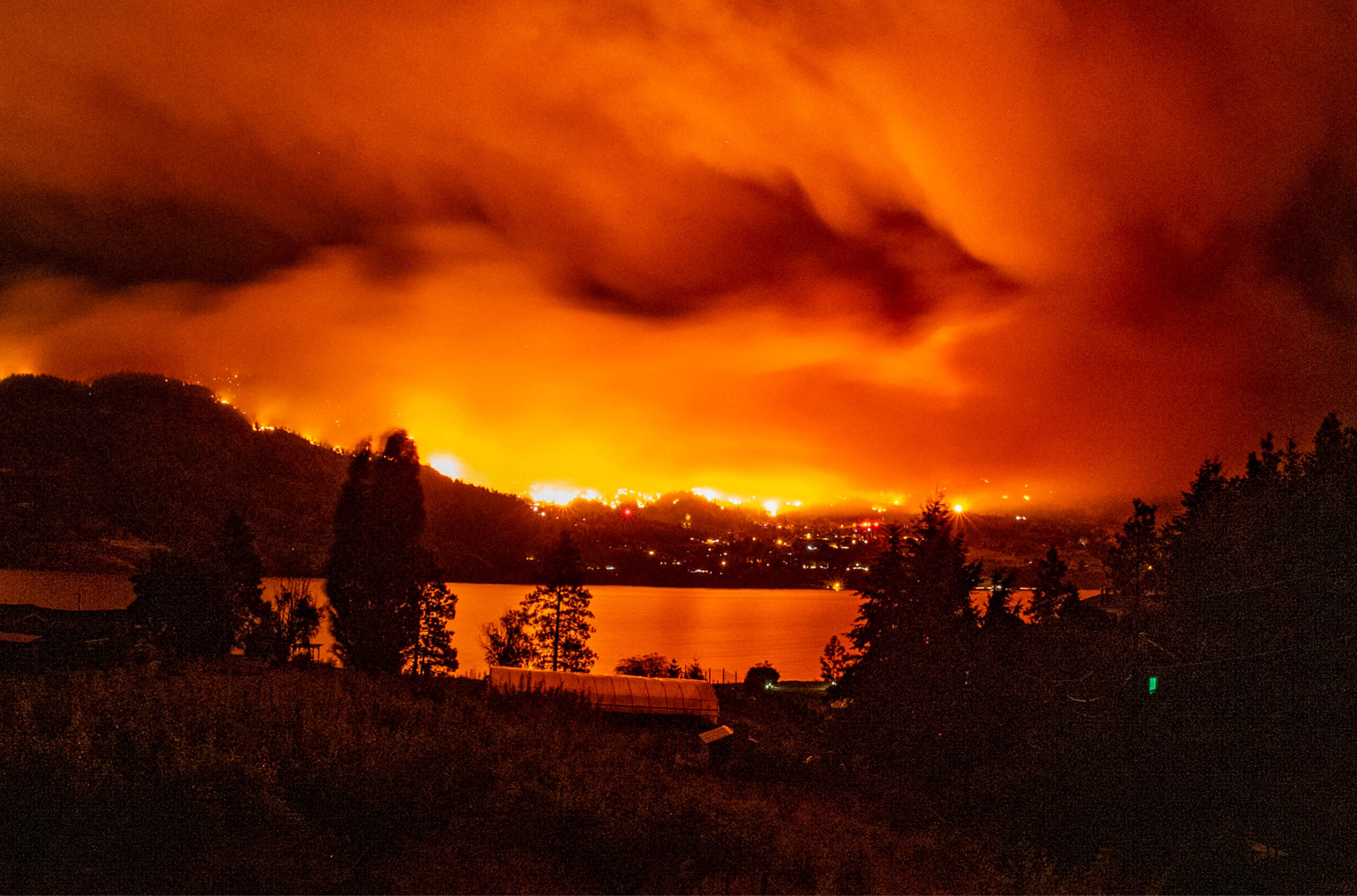Climate change is having a calamitous effect on Indigenous archeological sites in Canada’s North
“We’re witnessing the disappearance of history,” says one expert.

“We’re witnessing the disappearance of history,” says University of Toronto archeology professor Max Friesen, describing the destructive effects of climate change on archeological sites in Canada’s North. Dr. Friesen, who has done extensive fieldwork around Cambridge Bay in Nunavut and the Mackenzie Delta region of the Northwest Territories, says that the accelerated pace of thawing and coastal erosion is creating a knock-on crisis.
As the top layers of permafrost melt, buried treasures are being exposed. “We’re finding perfectly preserved artifacts, including animal skins, bones, sinew and other organic materials that are thousands of years old,” says Dr. Friesen. “These are the sorts of artifacts you don’t find anywhere else in the world.”
Although this presents a windfall for archeologists, it also carries a heavy price, as the onset of warmer temperatures is uncovering more artifacts than they can cope with. “It’s both a blessing and a curse,” admits Dr. Friesen. “Now that they are being exposed to the elements, these once pristine sites are starting to decompose. The repercussions are pretty dire.”

Meanwhile, coastal erosion is advancing due to rising sea levels, increased storm activity and a shrinking of the ring of protective sea ice. This erosion poses a direct threat for archeologists because most Indigenous settlements were located on the coast. “We now have huge sites literally falling into the ocean,” says Dr. Friesen, noting the example of the pre-contact Inuit village of Nuvugaq on the Mackenzie River delta, where 17 large sod houses and a communal structure have been totally washed away.
Dr. Friesen’s work in the Mackenzie Delta is proceeding in partnership with Indigenous groups, who advise the archeologists on the best locations for historic sites. “Climate change is a huge concern for Indigenous communities because they are living on a daily basis with the impact,” says Dr. Friesen.
Ice fields disappearing too
Climate change is also uncovering archeological treasures in high-altitude ice fields that are uniquely suited to preserving organic material. Unlike glaciers that move and slowly grind down any artifacts trapped in them, the mountainside ice patches tend to remain stable. Or, at least they did until gradual warming began to take hold.
Since 1997, more than 200 well-preserved artifacts have been recovered from melting alpine ice patches, primarily in the southern Yukon but also in the Northwest Territories. The discoveries include a 9,300-year-old wooden hunting dart, copper-bladed arrows with intact feathers dating back 850 years, a 1,000-year-old snare to catch ground squirrels, and a 1,400-year-old moccasin.

These ice patches are rife with weaponry because caribou and reindeer would gather here in summer to seek refuge from heat and insects, and Indigenous people would follow the animals and hunt them there, explains Christian Thomas, special projects archeologist with the Yukon Government. “These finds have allowed us to construct a lot of details about ancient hunting technology,” says Mr. Thomas, who notes that the work in the Yukon is being conducted in partnership with six different First Nations.
The superb craftmanship displayed by these artifacts is revealing, says Glen MacKay, Territorial Archeologist and manager of the Northwest Territories Cultural Places Program with the Government of the Northwest Territories. “They are finely made, well-balanced. They look like a dowel you would buy in a hardware store.”
Although there is now monitoring of some ice patch sites, archeologists can’t know what else they may be missing as the melting continues. From an ecological perspective there is also reason for concern. “The ice patches are part of an ecosystem that is degrading. It’s becoming harder for caribou to maintain their health and thermoregulate their bodies. Even the 10,000-year-old ice patches are withering away. It’s most alarming,” says Mr. Thomas.

Robert Park, an archeological anthropologist at the University of Waterloo who has spent much of his career unraveling the secrets of how communities existed in the harsh Arctic climate, says that the glut of artifacts emerging from the northern deep freeze has created a serious storage problem. “All the excavated material needs to be conserved and curated and properly stored in a museum. We don’t have the trained personnel or space to handle it all,” says Dr. Park, who notes that Nunavut’s archive of 140,000 items is now being stored at the Canadian Museum of History in Gatineau, Quebec.
Conducting archeological work in Arctic regions is especially challenging because of the logistics and distances involved, the fuel and field costs and the shortness of the excavation season. Given these complications, Dr. Friesen believes that only a concerted national response working in conjunction with Indigenous groups can hope to address the problem.
“It’s difficult to determine which areas are the most important to dig and also which are most at risk. There are a couple of sites where I thought we might be digging the next couple years and when I’ve gone and looked closely, I couldn’t find any parts of them that are even worth excavating,” says Dr. Friesen. “The richest areas are gone. It’s really a catastrophe. All we can do now is try to salvage the artifacts with the highest quality.”
Featured Jobs
- Education - Assistant Professor (Distance Education)University of Toronto
- Psychology - Assistant Professor (Clinical Psychology)Queen's University
- Science - Assistant Professor (Teaching)The University of British Columbia
- Canada Excellence Research Chair in Forest Biodiversity Conservation (Full Professor)University of New Brunswick
- Political Science - Assistant Professor (Political Theory)Saint Mary's University
















Post a comment
University Affairs moderates all comments according to the following guidelines. If approved, comments generally appear within one business day. We may republish particularly insightful remarks in our print edition or elsewhere.
6 Comments
FYI, the Mackenzie Delta is in the Northwest Territories not Nunavut.
Yikes, you are of course correct. We should have known better. We have corrected the text and apologize for the error.
Léo Charbonneau, Editor, University Affairs magazine.
In Canada, archaeology is spelled with an “a”.
Thank you for your note. While it is true that many organizations in Canada spell archeology with an A, we follow the Canadian Press Stylebook, which suggests spelling it without the A.
Kind regards,
Léo Charbonneau
Kerry Banks, thank you for drawing attention to another, less-discussed facet of the immense loss we collectively face with ecological crisis, and for noting that the loss is not only to our collective sense of human history and culture, but also – urgently – for the animals and peoples in the North facing yet more devastation.
Perhaps it is important that we are being alerted, by the very exposure of these artifacts and the stories they carry, to the need for us to reconsider our history on this continent and how we can live here, going forward, in a way that benefits the land and all the peoples.
As an archaeologist and a former editor of the journal Études/Inuit/Studies, I totally agree that in Canada we write “archaeology” rather than “archeology.” The Canadian Archaeological Association is a good example of this spelling.